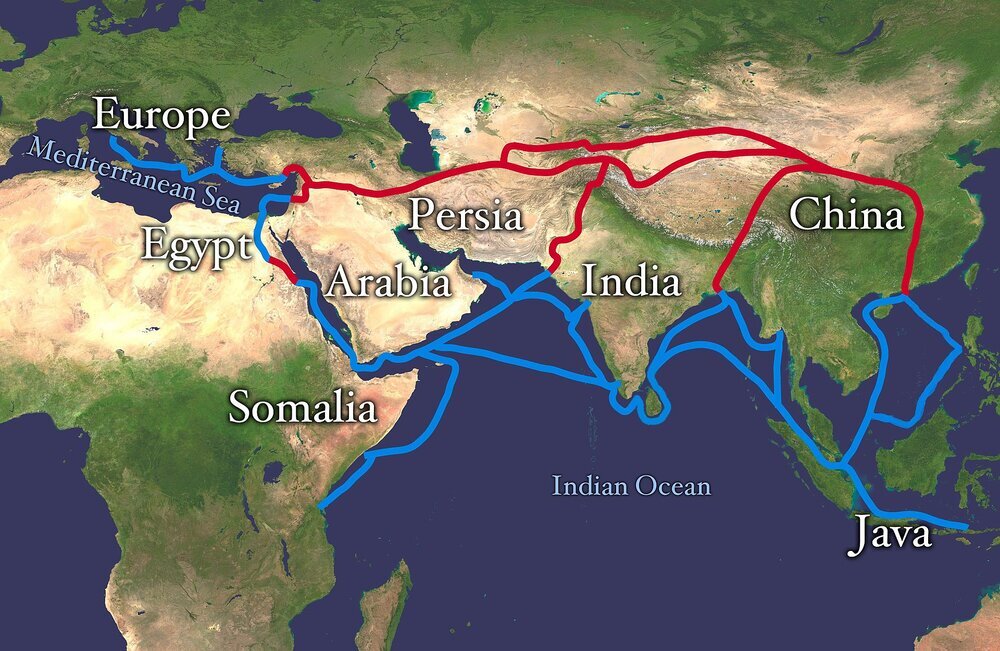Intl. conference on Silk Road heritage scheduled in Kerman

TEHRAN – Iran’s Research Institute for Cultural Heritage and Tourism is set to host an international conference on the Silk Road’s cultural heritage in the ancient city of Kerman, southern Iran.
The event is intended to sharpen the focus on the evolution of both tangible and intangible cultural heritage along the ancient Silk Road, which has historically connected diverse cultures across empires and regions.
“Silk Road heritage: cultural paths and shared legacy,” has been declared as the motto of the conference, Mehr reported on Saturday.
According to organizers, attendees will be invited to delve into themes such as the coexistence of cultures, architectural and archeological heritage, and the role of modern technologies in heritage preservation.
Collaborations with various institutions like the Chinese Academy of Sciences and several universities underline the conference’s ultimate goal of fostering international cooperation in cultural heritage protection.
In 2022, Iran selected its city of Semnan to represent the country at a union of cities across the Silk Road based on an initiative launched by China to promote tourism along the ancient route that once linked Asia to the Western world.
Silk Road (aka Silk Roads) connected empires, kingdoms, reigns, and societies for millennia. At certain times in its long history, traders could travel freely along these routes, whereas at others, travel was difficult or dangerous.
According to UNESCO, the Silk Road enriched the countries it passed through, transporting cultures, religions, languages, and of course material goods into societies across Europe, Asia, and Africa, and uniting them all with a common thread of cultural heritage and plural identities.
Travelers along the Silk Road were captivated not only by trade but also by the rich intellectual and cultural exchanges happening in cities along the route. Many of these cities became vibrant hubs of culture and learning. Science, arts, literature, as well as crafts and technologies, were shared and disseminated across the societies along these routes, leading to the mutual development and influence of languages, religions, and cultures.
Today, more than 40 countries lie along the historic Land and Maritime Silk Road, each still reflecting the profound impact of these routes on their cultures, traditions, and customs.
AM
